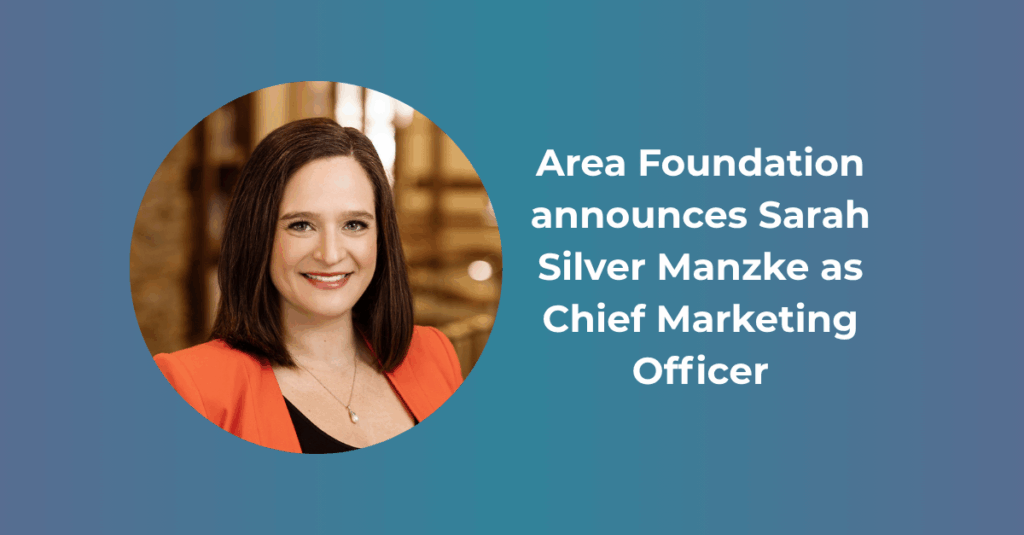Dozens of local nonprofits will be able to grow staff and offer more programs and services thanks to new grants from the San Antonio Area Foundation.
The Area Foundation is awarding 98 local nonprofits $3 million annually for its latest three-year funding cycle (2023-2025) – making in total a $9 million investment in the community. Grants are disbursed to nonprofits working in the Area Foundation’s four main impact areas – Cultural Vibrancy, Successful Aging, Youth Success and Livable and Resilient Communities.
Serving as our region’s most trusted and impactful philanthropic leader, the Area Foundation has embarked on a new five-year strategic plan that includes a new mission and vision reflecting the organization’s shift toward increasing diversity and equity in its grantmaking.
“We’re making an unprecedented effort on our end to help those most in need in our community,” explained Stephanie LaFroscia, the Area Foundation’s Director of Grants and Community Engagement. “We’re proud to support nonprofits whose programs help people in our city to succeed in life regardless of their zip code.”
That effort includes intentional decision-making such as offering more grant opportunities to small nonprofits serving San Antonio’s lowest-income areas. From the 2023-2025 grantee pool, 26 percent are first-time recipients and 84 percent work in one of the city’s 17 zip codes with the highest poverty rates. Nearly one-third have annual budgets lower than $250,000, deepening the Area Foundation’s reach in the community by serving nonprofits of all sizes.
One of those grantees is Fuerza Unida, founded and managed by former workers left unemployed when a Levi Strauss factory closed in 1990 on San Antonio’s South Side. “We’re extremely grateful,” said Petra Mata, Fuerza Unida’s Executive Director. “Without this funding, things would still be as hard as they were before – this has helped us not just economically but also psychologically, giving us a badly-needed mental boost.”
The Area Foundation’s grantmaking team does not actually select grant recipients – they make recommendations to Community Advisory Committees, made up of community volunteers who make the final selections.


Our hearts are with the Kerrville community following the devastating flooding.
Please consider making a donation to help our neighbors rebuild by clicking here.